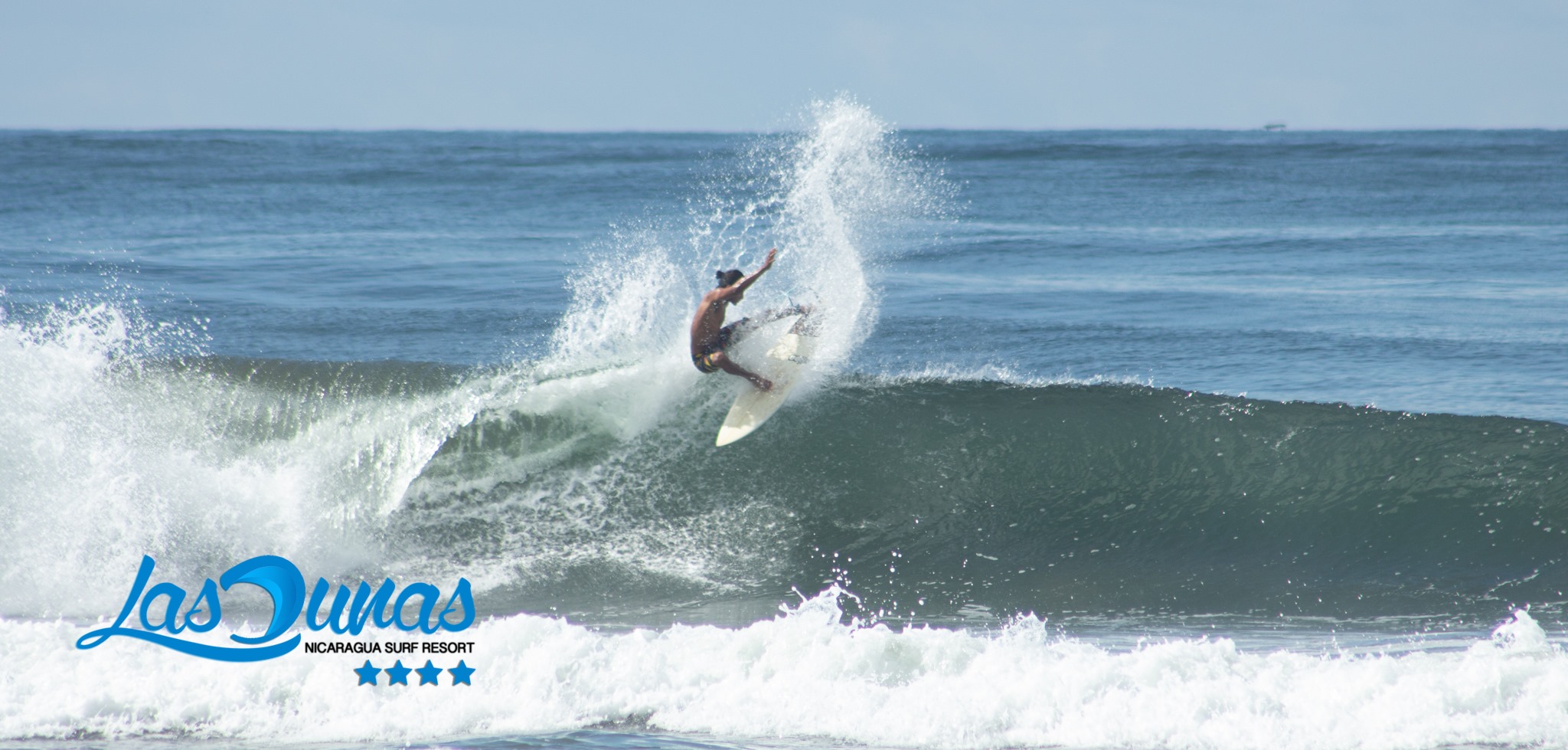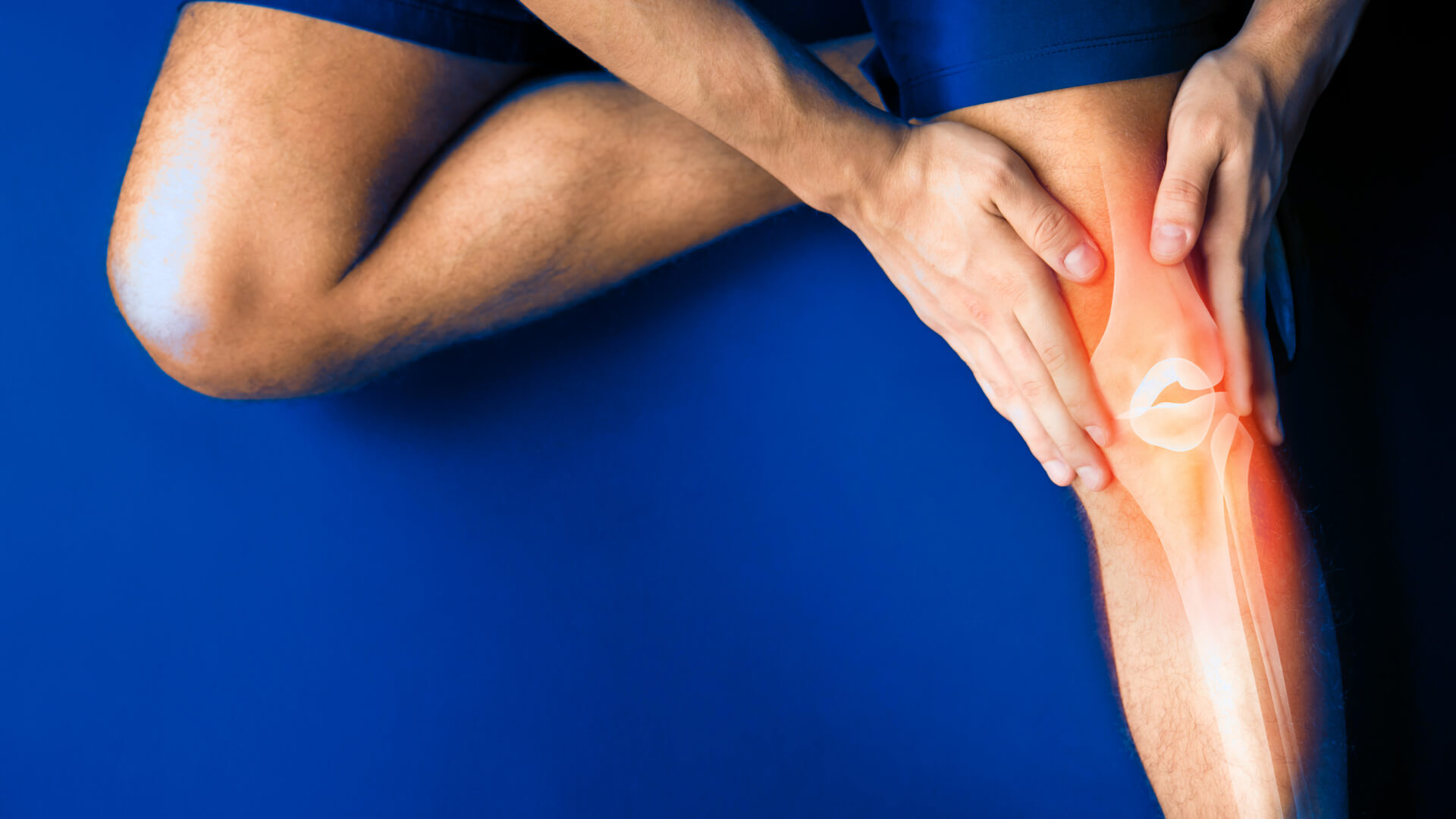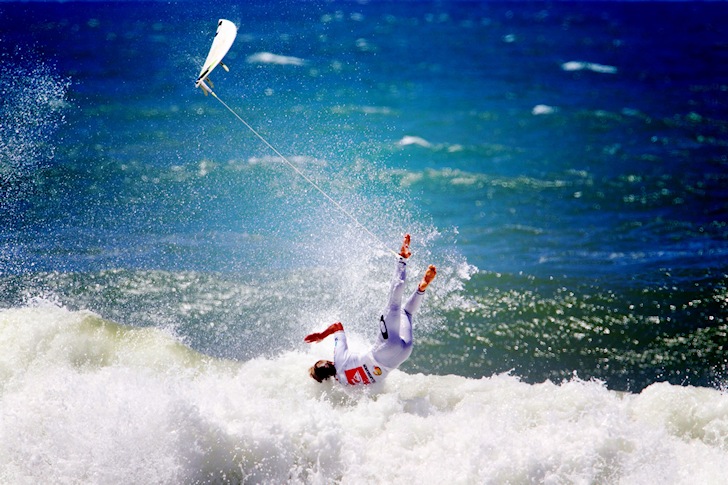5 common surf injuries that you should know if you are going to venture to a Surfcamp in the summer or if you start in the surfer world.
Surfing is considered a relatively safe sport, when compared to other contact sports such as Basket, soccer, among others.

Where injuries are more common due to the characteristics of each one.
However, surfing is still a physical activity subject to accidents or injuries, the most serious risk lies in drowning.
Therefore, in this post, our surf professionals in Las Dunas Surf Resort explain the 5 most common surf injuries and some tips to avoid them.
Before starting the list, it is important to clarify that the first precaution is to know our level and what we are capable of doing.
One of the main mistakes that beginners make (and some that are not), is to believe that they can master all the situations that are presented to us at sea. We must be clear on our level of surfing.
5 common surf injuries
1. Knee sprains: ligaments

The ligaments that make up the knee are subject to constant injury during surfing. The most common injuries are to the Anterior Cruciate Ligament (ACL) and the medial collateral ligament (CML).
ACL is usually injured when the surfer positions the back leg in a fixed way and the front leg in a turning position.
And the second usually happens due to the sudden movements of the board when riding the waves. Both injuries are painful.
The less serious ones require up to 3 weeks of continuous rest and the most complex ones up to 8 weeks (cases of tears).
How to treat them?
Pain relievers, ice, temporary immobilization and a lot of patience.
2. Shoulders: Tensions and dislocations

This area of the body is prone to overuse, leading to rotator cuff injuries or tendonitis.
This situation can affect the entire area up to the Deltoid. If they are not treated, they can become chronic conditions (which many beginners suffer from, due to errors in the techniques).
How to avoid them?
With warm-up and stretching before and after surfing.
A good surfcamp can teach you the entire exercise phase before and after surfing. A simple activity that will help you incredibly.
3. Cranial and facial fractures: Very important

Surfers are exposed to receiving strong blows against the board, rocks, bottom or coral.
These impacts can cause complex fractures, especially when they involve brain tissue.
The most common injuries range from damage to the eyes, ears, skull cavity and spine, all of a serious category in which you must avoid by all means moving the injured person just to get him out of the sea.
How to avoid them?
Many surfers choose to use cork boards, since they significantly reduce the possibility of trauma.
Another option is to wear helmets. Remember that the priority is personal safety for a healthy enjoyment of the waves.
4. Cuts and lacerations: Cuts in the sea
While we are surfing, we are exposed to suffer cuts or tears either by hitting with our own board, that of a partner, the fins, or external agents such as rocks or coral.
These lacerations, when they are not serious, do not represent a greater danger. However, if they are deep and with heavy bleeding, you are at high risk of infection.
It is extremely important to clean the wound area with antibiotic ointment. This significantly reduces the risk of infection.
In turn, cover the wound and if it is located in a contact area (hands or feet). Keep them as clean as possible while you cure.
How to avoid them?
If possible, be careful when it comes to knowing the area in which you will surf (rocky area, nearby corals, etc).
There are those who wear water shoes or gloves, ideally, if possible, keep a basic first aid kit on hand.
5. Bruises: Don’t underestimate them

A bruise or contusion is a break in the blood vessels that does not cause an external injury.
Although there is no bleeding on the outside, a moderate force blow can cause muscle damage, tendons and in some cases organs. What could lead to internal bleeding.
How to avoid them?
Treating them in time, with Cold-Heat contrasts. At the same time using anti-inflammatories and with due rest.
These are some of the 5 common injuries in surfing, many of them we have suffered to a greater or lesser degree.
With these simple tips you will know what to do or how to reduce the risk associated with each one.
Injuries cannot be avoided in something as fortuitous as the sea. However, it is worth knowing how to act before them.
